Willkommen bei unserem umfassenden Leitfaden zum Thema Blasenschwäche und Inkontinenz. In diesem Artikel klären wir Sie ausführlich über die Ursachen, Symptome und wirkungsvolle Lösungen bei Blasenschwäche auf. Unser Ziel ist es, Ihnen qualitativ hochwertige Informationen zu bieten, die Ihnen dabei helfen, ein besseres Verständnis für dieses häufige Gesundheitsproblem zu entwickeln und die besten Lösungswege zu finden.
Inkontinenz, ist ein weitverbreitetes Gesundheitsproblem, von dem Millionen von Menschen betroffen sind. Es handelt sich dabei um das unkontrollierte Auslaufen von Urin, was zu sozialen und psychischen Belastungen führen kann. Die Schwere der Blasenschwäche kann variieren, von gelegentlichem Tropfen bis hin zu vollständigem unfreiwilligem Wasserlassen.
Zu den wichtigsten Arten der Harninkontinenz gehören die Belastungsinkontinenz, Dranginkontinenz, Mischinkontinenz, Überlaufinkontinenz und anale Inkontinenz.
Über anale Inkontinenz, das ungewollte Austreten von Stuhl/Wind, wird nur selten gesprochen, dennoch ist sie ein häufig auftretendes Problem. Die elektrische Stimulation mithilfe einer Vaginal-/Analsonde oder in einigen Fällen durch Oberflächenelektroden ist eine gut verträgliche Behandlung für Drang-, Belastungs-, Misch- und anale Inkontinenz, die positive Ergebnisse bei der Verbesserung der Blasen- und Darmkontrolle zeigt.
Harninkontinenz bezeichnet jeden ungewollten Urinverlust. Eine Harninkontinenz lässt sich, je nach Ursache, noch in weitere Arten unterteilen.
Die häufigsten Arten der Harninkontinenz sind die Stressinkontinenz (auch Belastungsinkontinenz) und die Dranginkontinenz. Aber worin unterscheiden sie sich?
Belastungsinkontinenz bezeichnet das Austreten von Urin aufgrund eines erhöhten abdominalen Drucks auf die Blase, der durch Husten, Niesen, Lachen, Sport oder schweres Heben verursacht wird. Dabei verspürt die Person keinen Harndrang. An einer Stress- beziehungsweise Belastungsinkontinenz leiden Frauen aufgrund ihrer Anatomie deutlich häufiger als Männer. Sie ist die häufigste Form von Inkontinenz und tritt vor allem bei Frauen auf, wenn die Perinal- und Beckenbodenmuskulatur z.B. aufgrund von Schwangerschaft, Geburt oder Menopause geschwächt ist.
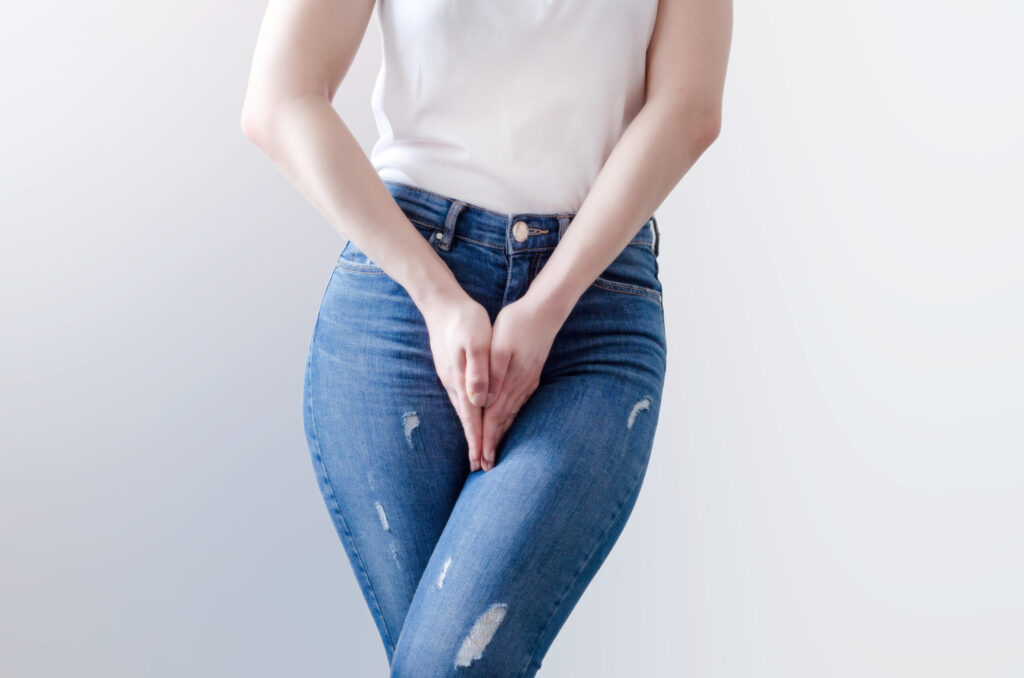
Als Dranginkontinenz wird ein plötzlicher, starker Harndrang bezeichnet, der von einer unmittelbaren Kontraktion der Harnblase gefolgt wird, was zu einem ungewollten Austreten von Urin führt. Sowohl Männer als auch Frauen sind hiervon betroffen, vor allem ältere Menschen. Ein Grund für diesen Zustand kann eine Störung oder partielle Unterbrechung des Nervensystems sein, welches die Blase kontrolliert.
Die Mischinkontinenz ist eine Kombination aus Belastungs- und Dranginkontinenz.
Als anale Inkontinenz, die auch Stuhl- oder Dranginkontinenz genannt wird, wird die Unfähigkeit bezeichnet, Gase oder Stuhlgang zu halten. Für die anale Inkontinenz gibt es viele Ursachen, am häufigsten ist jedoch eine Verletzung des ringartigen Schließmuskels z.B. im Zuge einer Geburt oder Operation oder eine Schädigung der Nerven, die den Schließmuskel kontrollieren. Der Zustand verschlechtert sich meist mit zunehmendem Alter.
Nur weil jemand häufiger die Toilette aufsucht, muss dies nicht zwangsläufig ein Anzeichen für Inkontinenz sein. Die Symptome einer Inkontinenz sind für Betroffene in der Regel deutlich erkennbar und spürbar.
Bei Harninkontinenz verlieren Betroffene unwillkürlich Urin, beispielsweise wenn sie lachen, husten, niesen oder schwere Lasten heben. In anderen Fällen verspüren sie plötzlich einen starken Harndrang und schaffen es nicht rechtzeitig zur Toilette.
Manche Personen bemerken auch Stuhlschmieren oder flüssigen Stuhl in ihrer Unterwäsche, den sie ungewollt ausgeschieden haben. Dies könnte auf eine Stuhlinkontinenz hinweisen.
Bitte beachten Sie, dass die vorliegende Information lediglich allgemein ist und nicht als medizinische Beratung dienen sollte. Wenn Sie Bedenken bezüglich Ihrer Gesundheit haben oder Symptome einer Inkontinenz bei sich oder anderen feststellen, empfehlen wir dringend, einen Arzt aufzusuchen, um eine genaue Diagnose und geeignete Behandlungsmöglichkeiten zu erhalten.

inkl. 19 % MwSt.
zzgl. Versandkosten
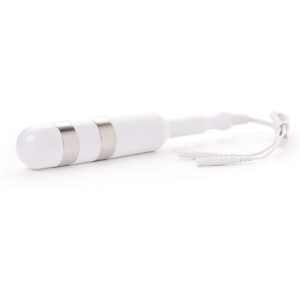
inkl. 19 % MwSt.
zzgl. Versandkosten
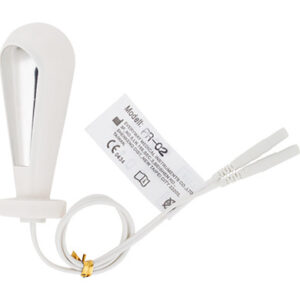
inkl. 19 % MwSt.
zzgl. Versandkosten
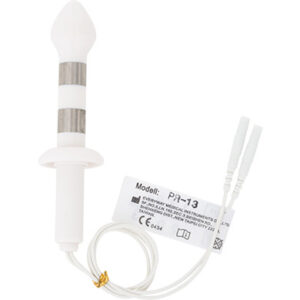
inkl. 19 % MwSt.
zzgl. Versandkosten
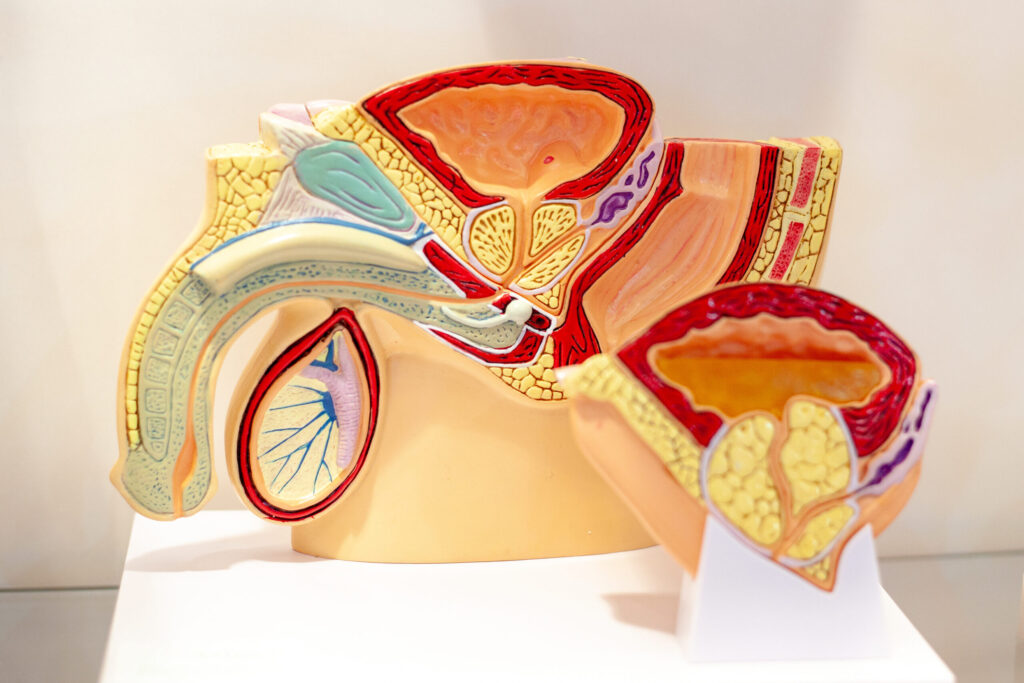
Die Ursachen von Inkontinenz können vielfältig sein und sind oft von individuellen Faktoren abhängig. Zu den häufigsten Ursachen zählen:
Eine Vielzahl der Betroffenen präferiert es, ihre leidigen Inkontinenz-Beschwerden vor Familie und Freunden zu verschleiern. Hierdurch leidet nicht bloß das Selbstwertgefühl, sondern auch das Sozialleben. Denn viele Individuen, die betroffen sind, ziehen sich peu à peu zurück und verbringen die Zeit überwiegend zu Hause. Damit diese Problematik erst gar nicht derart eskaliert, empfiehlt es sich, die Vorboten der Inkontinenz zu erkennen und im besten Falle sogar zu beheben.
könnten darauf hindeuten, dass eine Person eventuell an Inkontinenz leidet:
Es gibt keine pauschalen Therapie-Empfehlungen bei Inkontinenz. Der Behandlungsplan muss individuell nach der jeweiligen Inkontinenz-Ursache, der Inkontinenz-Form und dem Ausmaß der Beschwerden ausgerichtet sein. Die Erfolgsaussichten sind umso höher, je früher die Inkontinenz behandelt wird. Darum sind Früherkennung und Beratung wichtige Wegbereiter zur Prävention und Symptomkontrolle bei einer Inkontinenz.
Hier ein erster Überblick über mögliche Behandlungsmethoden bei einer Inkontinenz:
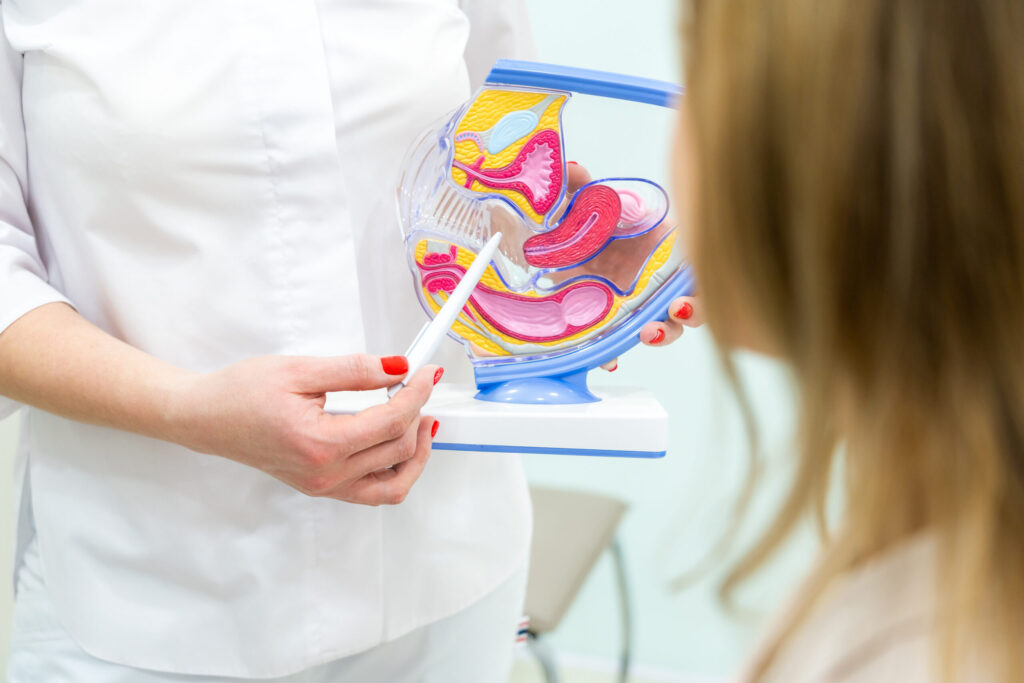
Die Behandlung von Inkontinenz sollte stets individuell vom zuständigen Arzt abgestimmt werden, da es verschiedene Formen dieser Problematik gibt. Die Frage nach effektiven Lösungen für Inkontinenz hat demnach zahlreiche Antworten.
Eine der beliebtesten und natürlichsten Therapiemethoden ist das Beckenbodentraining. Besonders bei Belastungs- und Dranginkontinenz erweist sich diese Methode als äußerst wirksam, ganz ohne Medikamente, aber mit einem gewissen Trainingsaufwand.
Allerdings besteht das Problem beim herkömmlichen Beckenbodentraining darin, dass es häufig nicht richtig durchgeführt werden kann und somit oft nicht den gewünschten Erfolg bringt.
Seit vielen Jahren wird auch Strom zur Verbesserung der Beckenbodenmuskulatur erfolgreich eingesetzt.
Klinische Untersuchungen haben die hohe Wirksamkeit von EMS und Biofeedback bei der Behandlung von Harn- und Stuhlinkontinenz nachgewiesen. Die Wirkungsweise basiert auf der Verwendung von angenehmen elektrischen Impulsen, die motorische Nerven im betroffenen Muskel stimulieren. Die Kontraktionsfähigkeit der Beckenbodenmuskulatur und des Blasenschließmuskels werden verbessert.
Bei Drang- und Mischinkontinenz wird bei vielen der Betroffenen eine Heilung oder eine deutliche Besserung erzielt. Bei Stressinkontinenz ist in den meisten Fällen eine Verbesserung bei den Betroffenen zu erwarten.
HELLER MEDIZINTECHNIK GmbH & Co. KG ist seit über 25 Jahren als zertifiziertes Unternehmen in der Medizintechnik tätig und verfügt über langjährige Erfahrung in der Gestaltung von Lösungen im Bereich der elektrischen Nerven- und Muskelstimulation.
2025 © HELLER MEDIZINTECHNIK GmbH & Co. KG